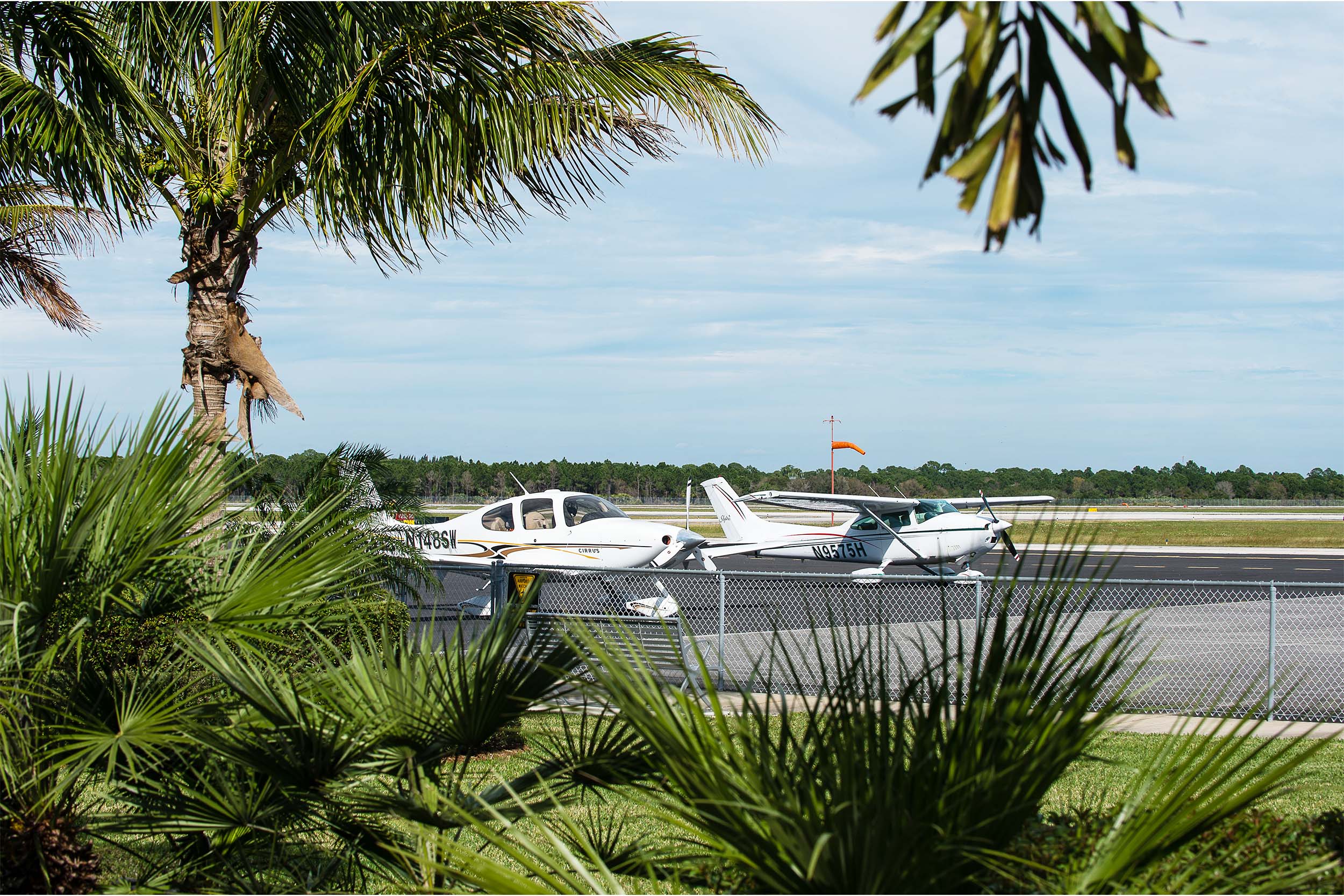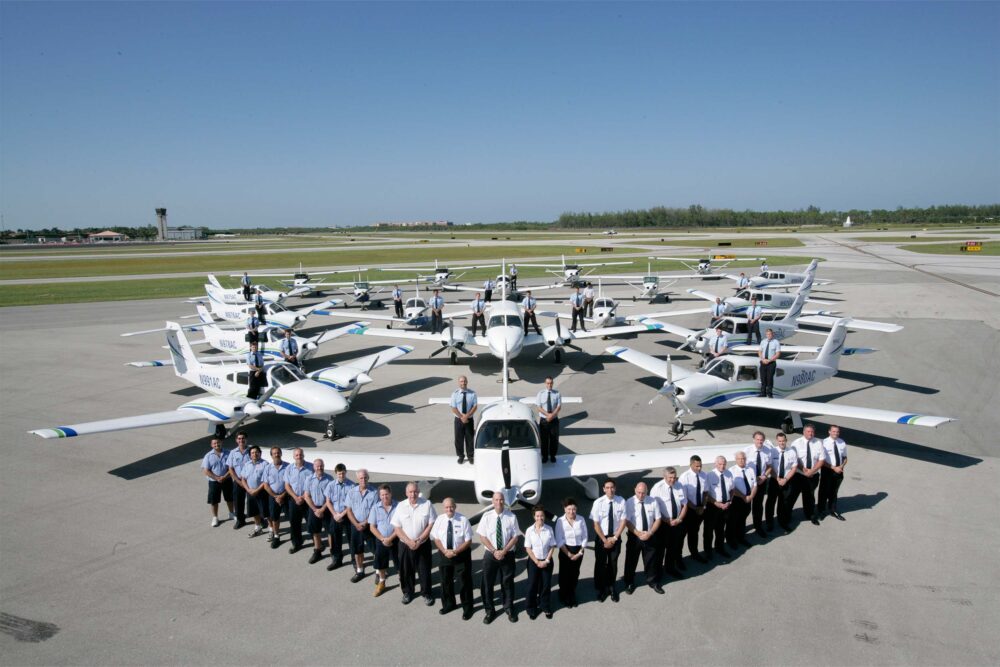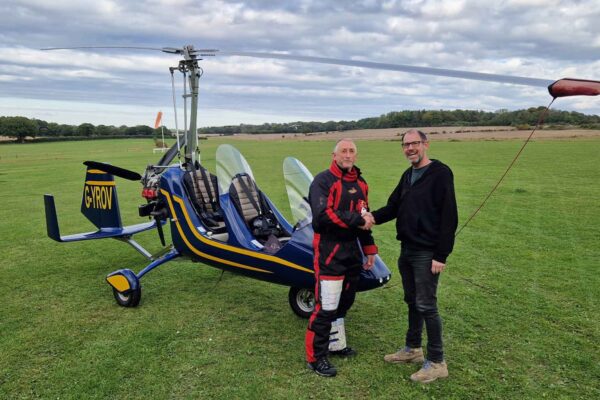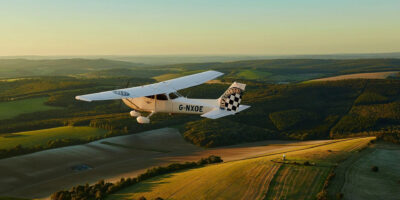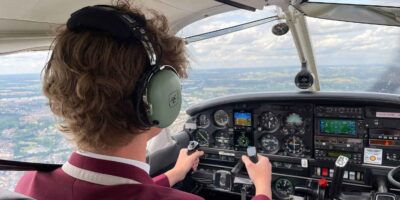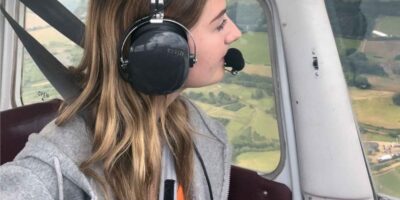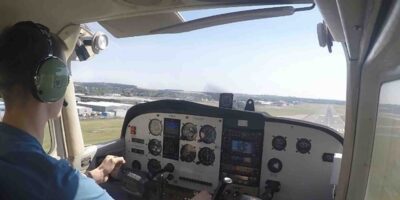Over the last year Blue Line has increased its fleet of aircraft to 16 aircraft, including 10 single-engine DA40 NGs and two DA42-VI twins.
Over on the West Coast, South Bay Aviation at Torrance Airport, California is more tuned into serving private pilots rather than professional pilots. It has a fleet ranging from a 1978 Cessna 152 at $125p/h, several late model Cessna 172s at around $180p/h (depending on spec and age), up to a 2010 Cessna Corvalis TT400 at $400p/h. And a couple of twins including Beech Duchess at $270p/h. Something for everyone there.
But it’s not all about a dollar. The fun aspect of flying in the US shouldn’t be underestimated. The infrastructure, at both big and small airports, is usually superb. In the US you can walk into the wonderful world of a first-class FBO, to be met by smiling, helpful assistants, then sit in a luxurious lounge with fresh coffee and free Wi-Fi, use the onsite flight planning facilities and buy fresh charts if you need them.
Much of southern Europe also has better, more reliable weather than the UK, and a good infrastructure of airfields and flight schools. You will end up with an EASA licence however, which is not necessarily a bad thing, particularly for a professional pilot, but does come with a few challenges. Not all of these challenges have been completely sorted out between the UK CAA and EASA yet.
One challenge will be whether to convert your EASA licence to a UK CAA licence, and then there’s revalidating your licence every two years and also adding further ratings. And you will need a medical examination in an EASA state every time it needs to be renewed.
However, Spain is fast becoming a leading destination for student pilots, because of its generally fine weather, relatively uncluttered airspace, lower cost of living and, well, Spain is a fun place to be as well.
One flight school, Grupo One Air, based ion Malaga, offers a full EASA PPL(A) course for €10,500. They train in new aircraft fitted with glass cockpits, such as a Diamond DA20 (two seats), Diamond DA40 (four seats) and Cirrus SR20 plus there’s the latest flight simulators for practising navigation and procedures, and other elements of training. That price includes not only the lessons, but also all landing fees, flight test and exam fees, and ,licence processing fees. You also get the One Air Pilot Aviation Kit which includes Android tablet, CR3 flight computer, aeronautical charts, plotter, headset, flight bag, Jeppesen logbook, One Air pilot’s watch, fuel tester and One Air Club Card.
Further afield, Greece has a very active flying scene with some flight schools able to offer UK and EASA licence courses. One such school is Global Aviation SA which offers a six-month PPL(A) course for €13,500 at Pachi Airport, just 30km from Athens where ground school takes place. It’s also an active training centre of professional pilots so if you did want to progress further, the options are there.


